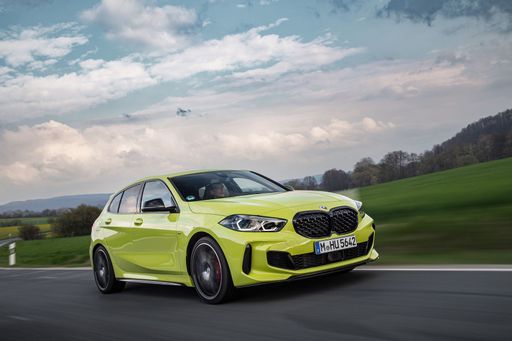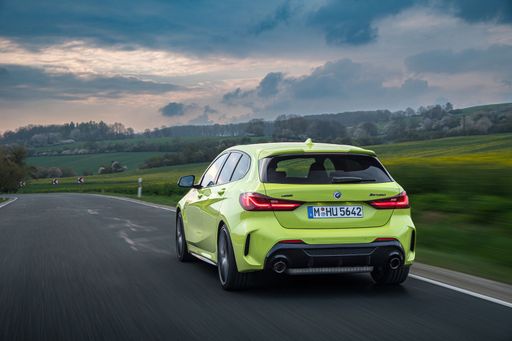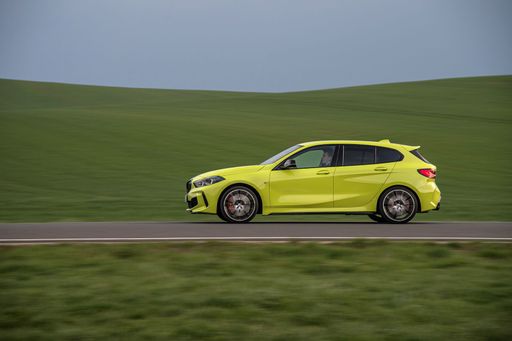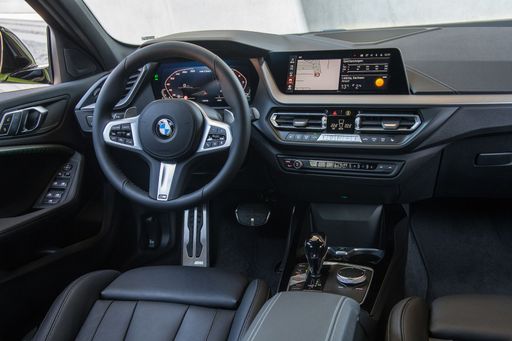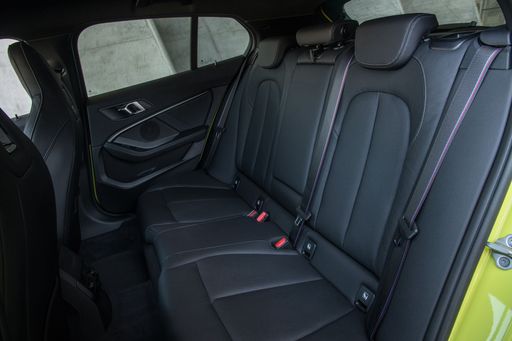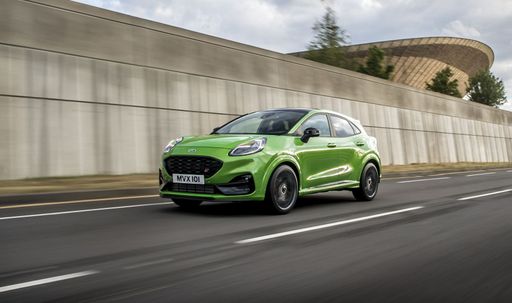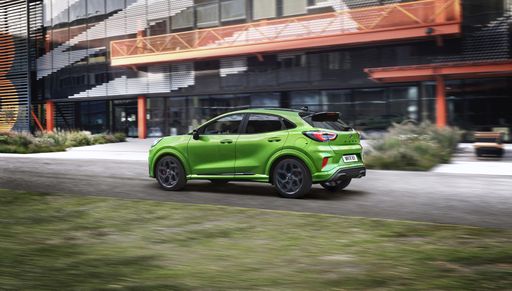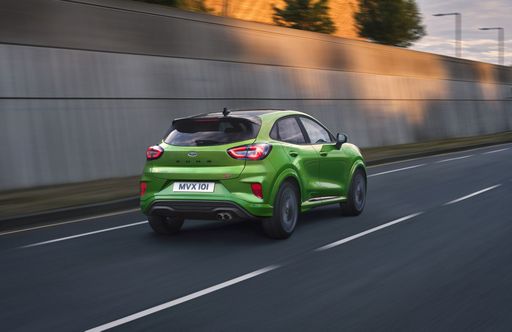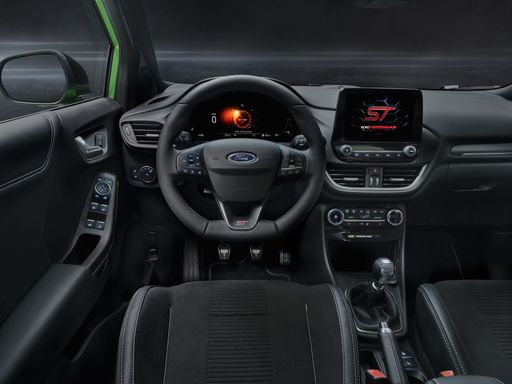BMW 1er Reihe vs. Ford Puma: A Compact Clash of Innovation and Performance
In the fiercely competitive automotive landscape, the BMW 1er Reihe and Ford Puma stand out as two distinct offerings, each appealing to different segments of car enthusiasts. As we delve into the details of these models, we'll explore their technical specifications, innovations, and overall driving experiences that set them apart in their respective categories.

